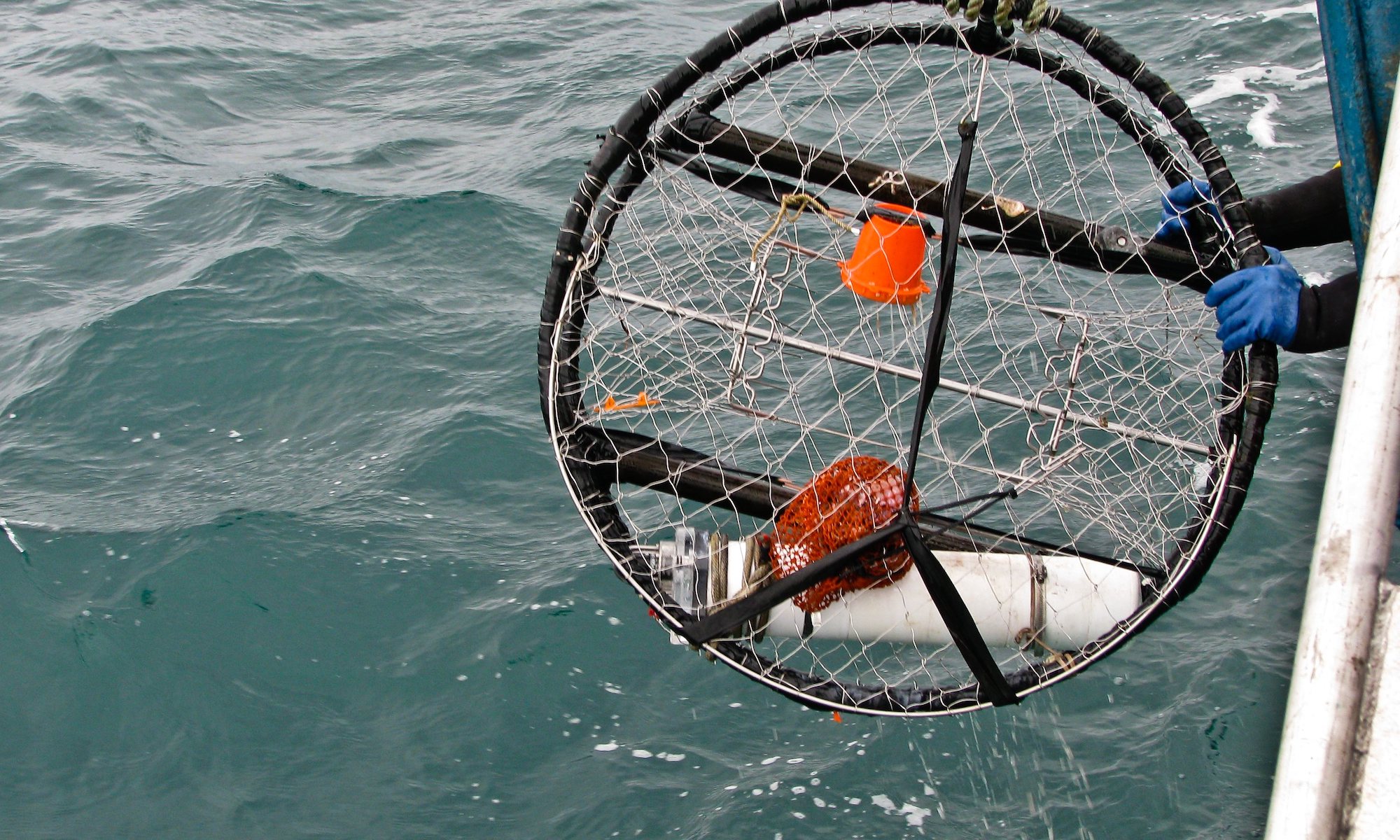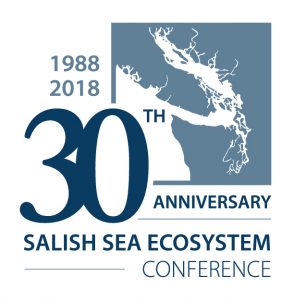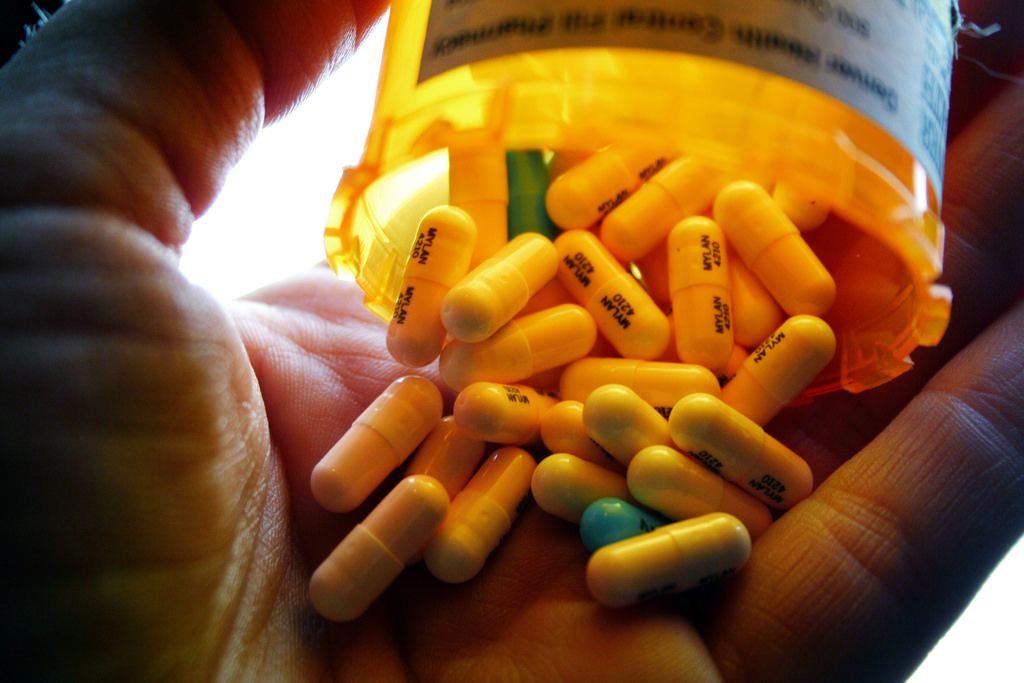Series:
Oxygen for life: The biological impacts of low dissolved oxygen
About the series
Scientists are reporting a decline in oxygen-rich waters throughout the world, raising concerns for sea life. In parts of Puget Sound, low oxygen levels can occur naturally but may be worsened by human-caused pollution. In this five-part series, Christopher Dunagan reports on the critical nature of oxygen to Puget Sound species. Scientists are finding that changes in oxygen levels can lead to physiological adjustments, shifts in predator-prey relationships and other repercussions throughout the food web. Read the latest story.
Sponsored by
![]()
Latest story posted: 4/07/2023

Related stories
Series:
The orca docs: Can medical interventions help?
About the series
This three-part series explores opportunities and challenges of using medical interventions to save Puget Sound's southern resident orcas from extinction. Part 1 looks at how scientists might treat endangered southern resident orcas that face starvation and risks of disease; Part 2 considers how veterinarians have intervened with other animals in the wild, and how this might apply to orcas in Puget Sound; and Part 3 explores a federally approved vaccination program designed to ward of a deadly virus among endangered Hawaiian monk seals.
Sponsored by
Latest story posted: 3/13/2019

Related stories
Series:
Themes from the 2018 Salish Sea Ecosystem Conference
About the series
Stories exploring major research themes presented during the 2018 Salish Sea Ecosystem Conference in Seattle, WA.
Sponsored by
Related stories
Series:
Themes from the 2016 Salish Sea Ecosystem Conference
About the series
A series covering major science themes presented at SSEC16 in Vancouver, BC. Sponsored by U.S. EPA and the Salish Sea Ecosystem Conference.
Stories exploring major research themes presented during the 2016 Salish Sea Ecosystem Conference in Vancouver, BC. See also complementary reports in SSEC16 snapshots.
Booklet: 2016-17 special report for Puget Sound policymakers (PDF)









